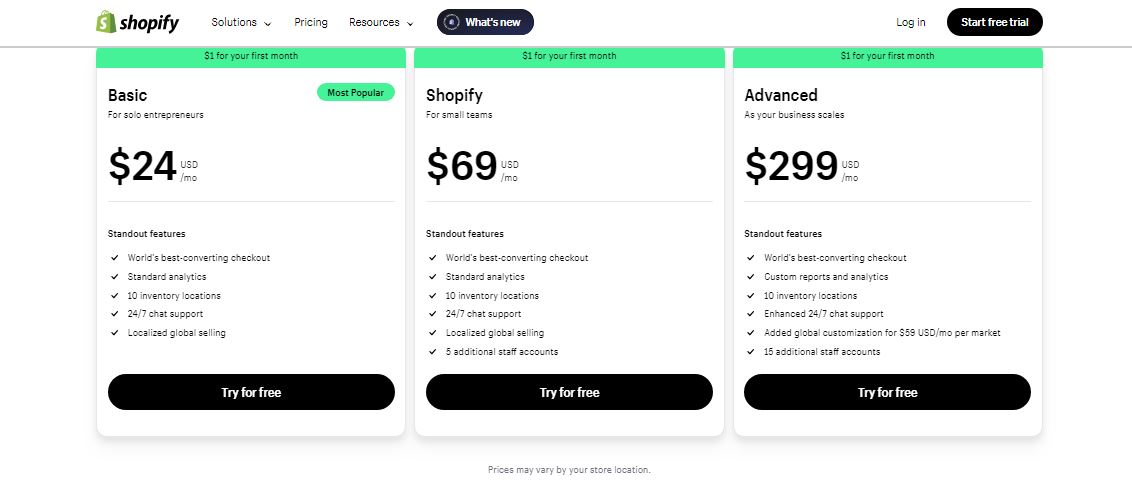How to Prepare Your B2B SaaS for Global Expansion
Looking to expand your B2B SaaS business globally? Discover key steps in this article, from strategic partnerships to managing global talent recruitment.

Growth is a driving force when it comes to building a B2B SaaS business. The industry is expected to grow from approximately $328 billion in 2023 to $1088.15 billion by 2030.
These figures are driven by the increasing need for collaboration among remote teams and a preference for automations, among others.
As your B2B SaaS business scales, you may be thinking about extending your tentacles into the international market. Going global can continuously fuel your growth, but you need adequate preparation to successfully conquer new territories.
Here are some key considerations for taking your B2B SaaS business global:
1. Research Your Target Markets
Before expanding your business to another location, you should conduct meticulous market research.
This will enable you to identify which specific regions or countries will make more sense for your products or services.
Also, your findings will let you know whether you’ll have to develop an entirely new product, which may not be cost-effective.
Hence the need to consider countries where you can easily adapt your product for budget optimization.
When it comes to pricing, B2B SaaS businesses typically use subscription billing.
You can read the Younium guide to know about the available subscription billing models, so you can decide on the type that works best in the new region.
For instance, Shopify uses a tiered pricing model. However, its pricing varies by store location. In the US, the basic plan goes for $29 per month, while it’s $24 per month in Turkey.

Image via Shopify
2. Consider Product and Content Localization
Adapting your products based on your research findings shows that you’re committed to meeting the needs of your target market.
This may involve tweaking your product’s functionality to suit local workflows or providing customer support in native languages.
Also, you may have to change your messaging to effectively communicate the value of your product.
So, if your company’s writing style is highly professional, you’ll tweak it to suit a region that’s attracted to a relaxed tone.
Zendesk is an example of a B2B company that offers customer support solutions such as a help desk ticketing system, customer service software and AI chatbot in multiple languages. Also, its website is available in different languages.

Image via Zendesk
3. Establish Channel Partnerships
Channel partnerships are third parties that can contribute to your global reach using local expertise.
Collaborating with them can be a budget-friendly strategy for accessing new customers and sales accelerations.
However, potential partners must be credible and should align with your overall business objectives.
Below are some key partners to consider for B2B SaaS global expansion.
- Resellers: They can resell your B2B SaaS solution for a profit using their in-country marketing expertise.
- Integration partners: Their products can easily integrate with yours. So, they’ll list it on their app store or marketplace and get compensated when someone buys from the platform.
- Affiliate partners: Affiliates could be content creators or bloggers that can promote your product.
Salesforce utilizes integration partnerships with several B2B SaaS businesses like QuickBooks.

Image via Salesforce
4. Plan for Currency Volatility
When expanding globally, your company will be exposed to currency volatility, which may affect your margins and revenue.
However, displaying prices in the local currency can help to mitigate losses when rates fluctuate.
According to the Attrock curated list of the subscription management software, you can choose the best one for your base currency while displaying localized pricing. Here’s how QuickBooks Online displays pricing for customers in the EU:

Image via QuickBooks
Other proven tips to mitigate currency risks include:
- Incorporate flexibility clauses when negotiating long-term contracts to allow for adjustments in pricing and payment terms.
- Keep sufficient cash reserves to serve as a financial buffer during adverse currency swings.
- Work with a financial risk management expert to minimize the impact of foreign exchange fluctuations.
5. Manage Recruitment and HR Costs
When expanding globally, you need to set up a satellite office for improved collaboration, communication, and localized customer support. However, staffing in new regions comes at a cost. Here are some factors to consider:
- Develop cost-effective talent-sourcing tactics such as posting localized job descriptions on social media and job boards, or hiring a local recruiter.
- Research local pay scales and employment benefits, such as Christmas bonuses, pensions, and annual leaves, then offer competitive salaries to attract top talent.
- Equip your in-house HR team to handle the complexities of taxes, payroll, and compliance that comes with global expansion or outsource admin tasks to minimize your overhead.
Wrap Up
Going global requires adequate preparation. From forming strategic partnerships to planning for currency volatility, every decision should align with your goal for sustainable growth.
Remember, there’s no one-size-fits-all approach in global business expansion. So, use the tips shared above thoughtfully and within the constraints of a well-managed budget.